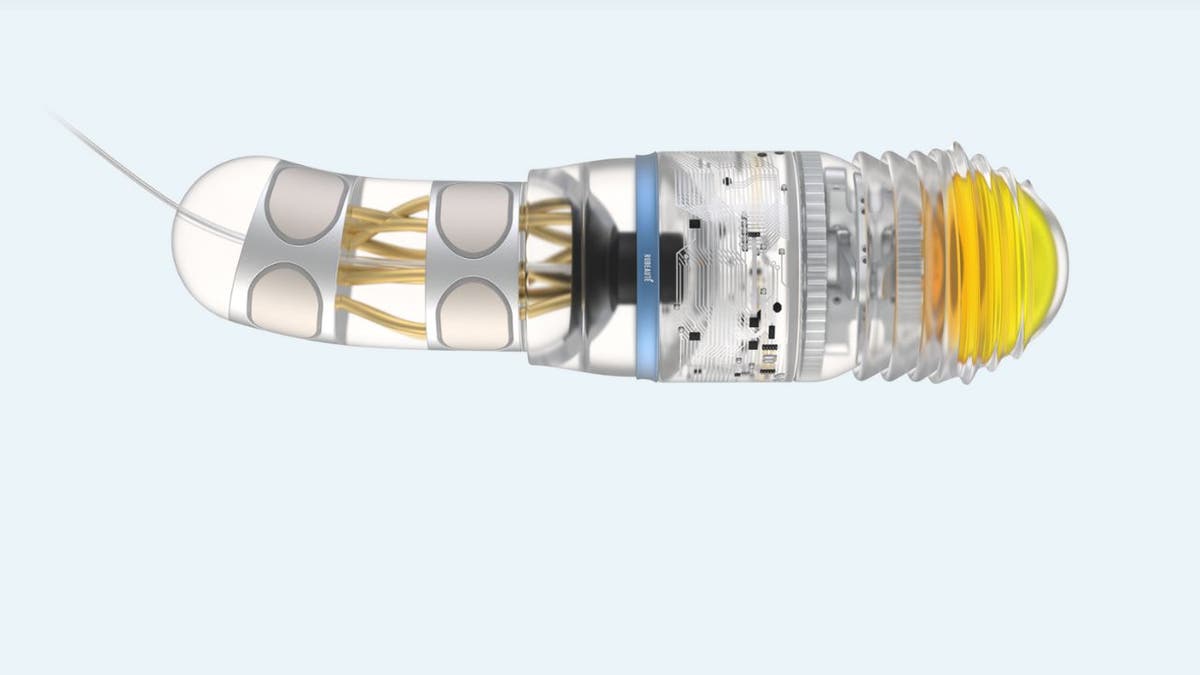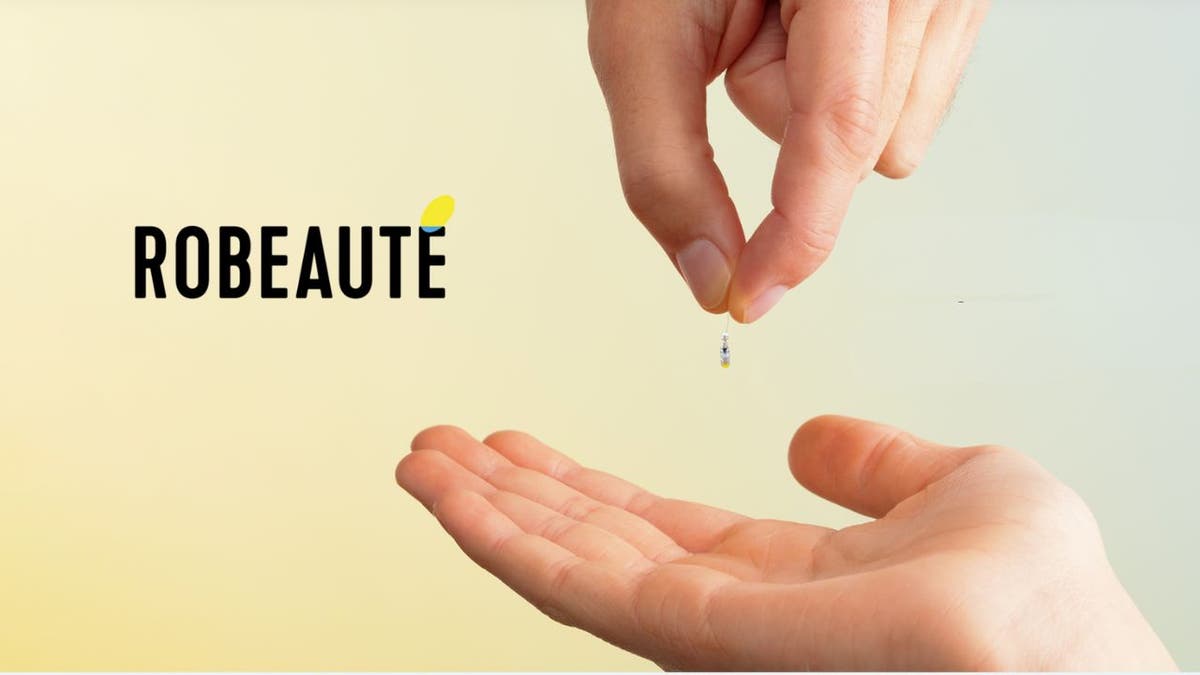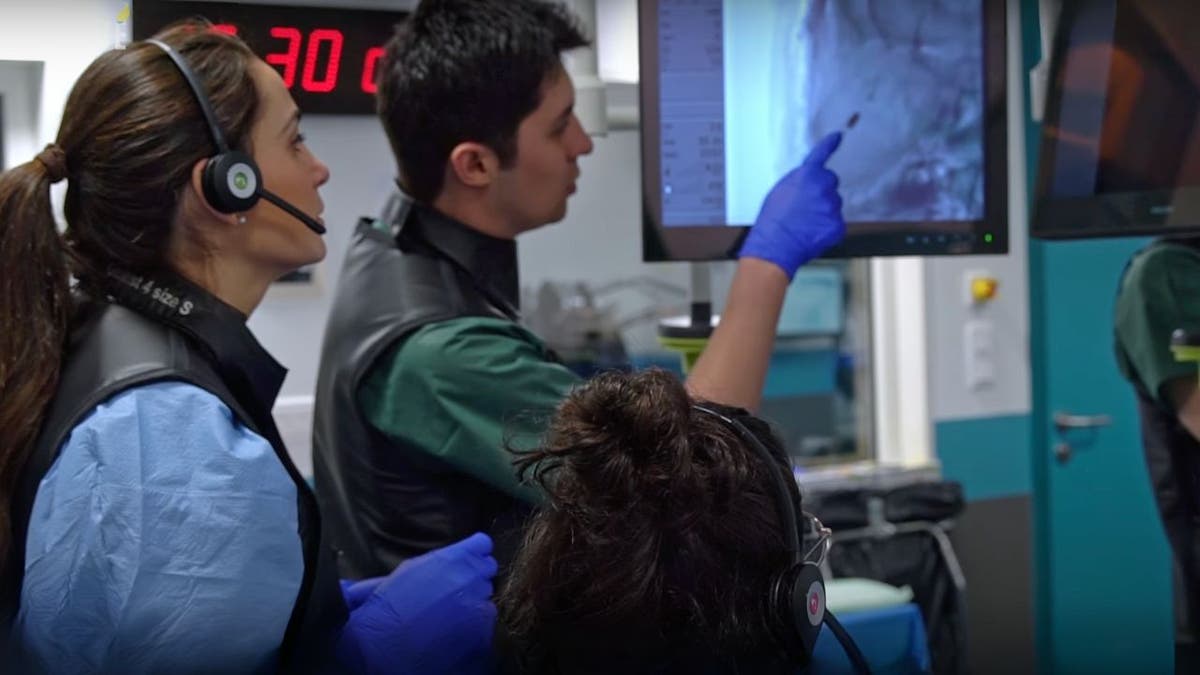A French startup called Robii has collected about $ 29 million for the development of true groundbreaking neurosurgical microbot.
Imagine a device that is not bigger than rice grain that can navigate the complex and subtle paths of the brain with caution.
This small robot can change the way the surgeons are safer and more precise in the way the doctors with brain tumors and other nervous conditions.
Join the Free Cybergui Report: Get my expert technology tips, critical security warnings and exclusive deals – more instant access to me Free Ultimate Scam Guide to Survive Sign up when you are!
A neurosurgeical microbot. (Robiut)
The challenges of the brain surgical today
Brain surgery is incredibly complex. The tools that surgeons today use are often rigid and can only go straight to the straight line. This is the limit where they can operate safely. It is very risky to reach many tumors or problematic areas of the brain because they are close to the regions responsible for critical activities such as movement or speech.
In some cases, there is no other way to surgeon’s tumors because the risk of damage is very high. After all, many drugs cannot even reach some parts of the brain due to blood-brain obstruction, leaving patients with limited treatment.

A neurosurgeical microbot. (Robiut)
Adolescents go to zero with brain implants from 10 nights
How does the microbot work
Microot These challenges are designed to overcome. It is incredibly small, about three millimeters tall, about one grain rice size and it enters with a small chim in just one millimeter wide brain. In contrast to the traditional thawing equipment, this robot does not move in a straight line. Instead, it can follow the curved paths, pushing the brain tissue as it is. It uses silicone rings rotating on its tissue to transfer the tissue without causing damage. This movement is inspired by how small insects can walk in the water, using the adhesive energy that dominated the small fibers.
Inside the robot, there is a small buggy that contains small surgical equipment. For example, when performing a biopsy, a flexible needle and miniature force to collect microbyot tissue samples. These samples can be stored inside the device or pulling again through a cable attached to the robot. Out of biopsy, robots can also transplant electrodes for conditions like Parkinson disease or to supply drugs directly to tumors. It even contains sensors that send real-time information back to the surgeons, helping to closely monitor their process.
What is really impressive is how the robot path is planned. Using MRI scans combined with artificial intelligence, surgeons can map safe routes to avoid sensitive brain areas. During surgery, they can adjust the robot’s position in real time by using the ultrasound imaging mounted on the skull.

A neurosurgeical microbot. (Robiut)
AI enables paralyzed people to control the robotic arm with brain signals
Looking forward: Trial and Future Plan
So far, the microbot has been tested mainly on the processed trials mainly on the sheep with very promising results. There was no major complication like bleeding, which suggests that the device can safely navigate brain tissue. Robi is planned to launch human clinical trials in the center of the brain tumors in 2026. They have aimed to expand the US market and look for FDA approval with the hope of launching internationally by 2030.

A neurosurgeical microbot. (Robiut)
The AI system recover speech for paralyzed patients using its own voice
Why this technology is important
The potential effects of this microbot are huge. It can treat them more effectively when diagnosing brain tumors before physicians and reduce the risk related to the traditional surgical surgical. Since it is minimal offensive, patients may feel speedy recovery and low side effects. Further, the ability to collect live data from the inside of the brain can accelerate research and development of drugs for neurodizerrative diseases such as Alzheimer’s and Parkinson.
Subscribe to Cart’s YouTube channel for quick video tips on how all your technology device will work
Cart’s key -techwes
Robiut’s microbot presents an exciting fusion of robotics, artificial intelligence, biology and medicine. It addresses one of the most difficult challenges of healthcare: how to safely access and treat the brain. Although there are still regulatory approval and scale production, there are still obstacles to overcome the obstacles, this tiny device has the potential to turn “disable” brain tumors into a treatable situation. As a founder of the organization describes it, the microbot acts like a “brain garden”, which is subtlely trend in the damaged tissue from the inside. With a growing portfolio of strong funds and patents, Robiut is ready to have a permanent impact on the future of neurosurgery.
Will you believe in the rice -shaped robot to securely underwent brain surgery on you? Let us know by writing this Cybergie. Com/contact.
For my more technical tips and security warnings, my free cybergui report is subscribing to the newsletter Cybergie. Com/Newsletter.
Ask a question to the cart or let us know what stories you want to cover
Follow the cart on his social channels
The most asked Cybergui questions Answer:
New from the cart:
Copyright 2025 Cybergui.com. All rights are reserved.
Leave a Reply